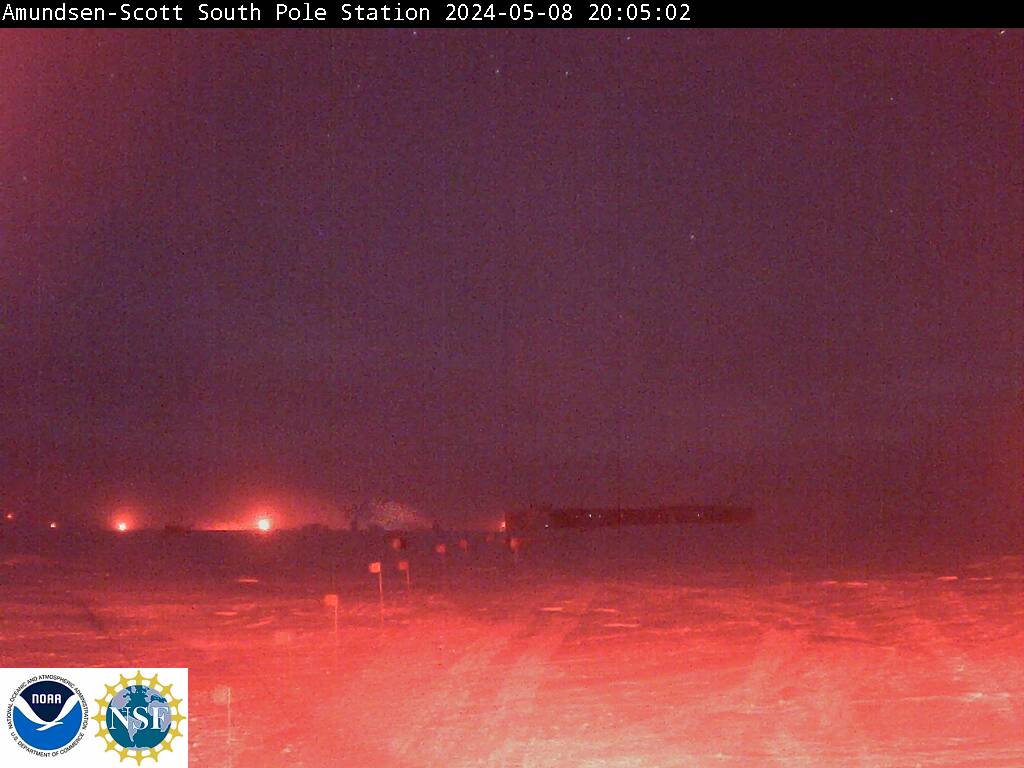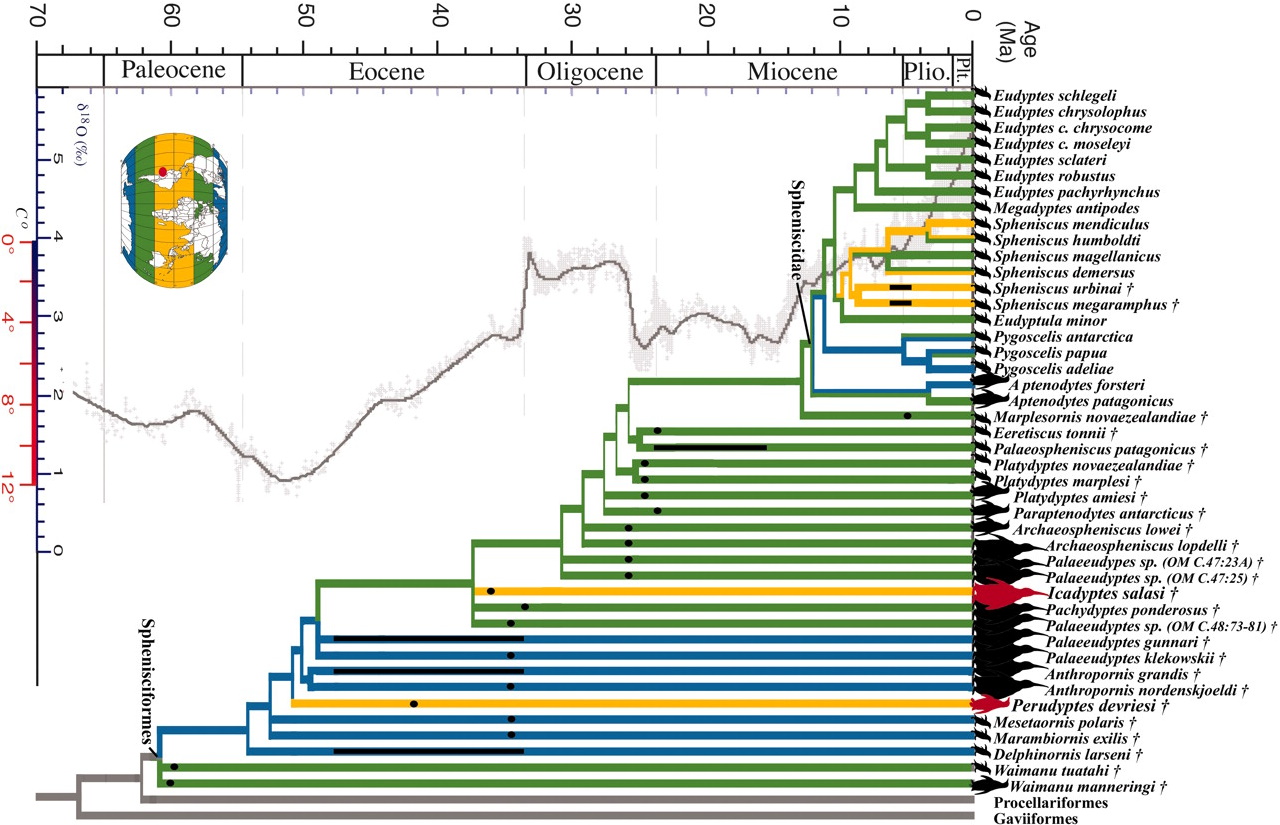By Victoria Gill
Science reporter, BBC Nature
Moss plants that survive the freezing conditions of Antarctica have an unusual food source, scientists say.
The vibrant green plants take nutrients from the poo left behind by penguins that lived in the same area thousands of years ago.
Scientists made their discovery whilst testing the plants to find out how they manage to survive in the icy landscape.
The findings were presented at the Society for Experimental Biology's annual meeting in Salzburg, Austria.
Prof Sharon Robinson, from the University of Wollongong in Australia, has been studying Antarctica's plants for 16 years.
She explained that she was interested in where the plants get their nutrients, because the Antarctic soil on which they grow is so poor.
"Plants need water, sunlight and nutrients; there's plenty of sunlight in the summer and as long as the ice melts there's water," she told BBC Nature.
"But the soil is basically sand and gravel."
To find out where the plants were getting the food they needed to grow, Prof Robinson and her team used a technique that allowed them to see all of the chemicals that made up a moss plant.
This "chemical signature" revealed nitrogen that had passed through a marine predator.
"Nitrogen that's gone through algae, krill and fish and then penguins has a characteristic 'seabird signature'," Prof Robinson told BBC Nature.
Since no penguins live on the elevated lakeside site in East Antarctica, the researchers had to work out where the mysterious seabird poo came from.
They realised that their moss beds were growing on the site of an ancient penguin colony.
"Between 3,000 and 8,000 years ago, on the site where the moss is now growing, there used to be [Adelie] penguins," said Prof Robinson.
"There's fossil evidence to support that, and the little pebbles that the penguins use to make their nests are actually still there.
"The other thing that's still there is the penguin poo.
Six different species of moss live on the islands of East Antarctica studied by the scientists
"And because Antarctica is so cold, those nutrients have just stayed frozen in the soil; they're now feeding this moss."
Prof Robinson said that the hardy plants, which grow just 2-3mm per year, create "luxuriant green beds" that are home to some of the insects and other miniature creatures that manage to live in this frozen desert.
Prof Robinson hopes to learn exactly how they adapt to this extreme environment.
The mosses are able to "freeze-dry" in order to survive the winter and produce sunscreen compounds to protect themselves from UV rays.
"It's amazing that the plants can do [these things], but it's also interesting to know which compounds they use," said Prof Robinson.
Learning the molecular mechanisms behind plants' abilities to dry out but remain viable could help researchers to develop ways to store food or even medicines for long periods.
source


















No comments:
Post a Comment